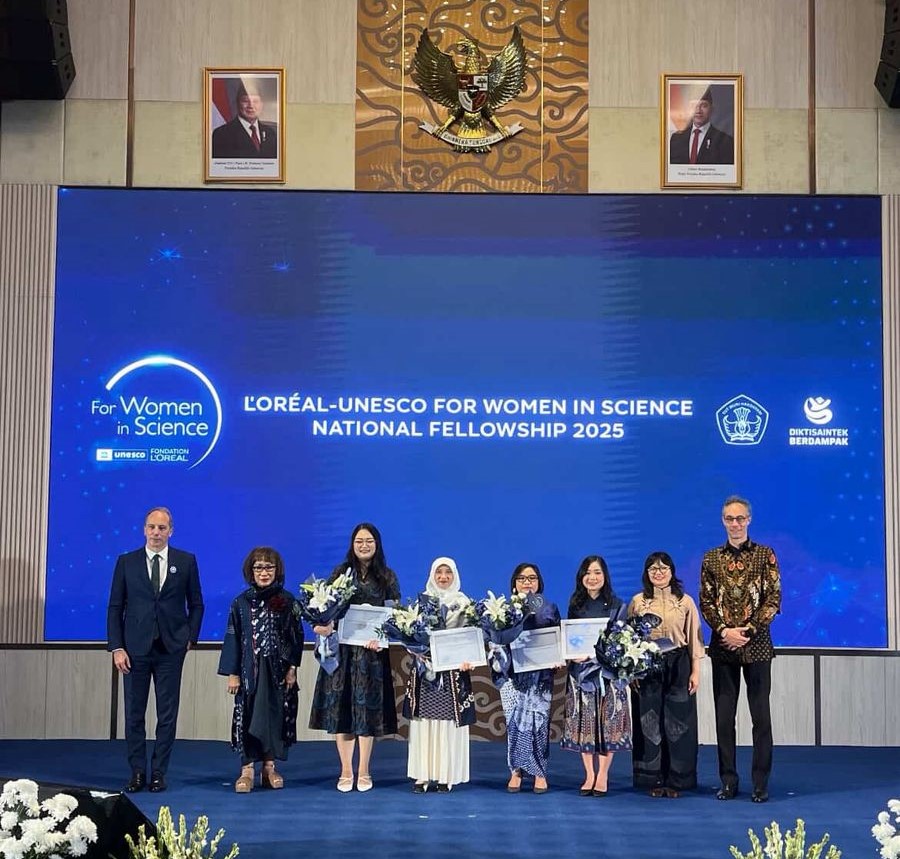Development Of Quercetin Microencapsulation Using Red Dragon Fruit Peel Pectin (Hylocereus polyrhizus)
Red dragon fruit skin (Hylocereus polyrhizus) is known to have a high pectin content. This high pectin content can potentially develop into a microencapsulation polymer. Pectin used as a microencapsulation polymer is expected to increase the stability and dissolution of drugs. This study determine the characteristics of pectin produced from red dragon skin based on using citric, oxalic, and acetic acids at pH four extraction temperature of 60°C and 75°C, and 120 minutes, compares high-speed stirring with Ultra-Turrax® homogenizer and custom made-peristaltic dosing pump for producing quercetin-pectin microspheres and to evaluate the potential and thermal stability of red dragon fruit skin pectin to be used as a polymer in the quercetin microsphere. This study seeks to assess the viability of red dragon fruit skin pectin as a polymer in comparison to commercial pectin within quercetin microspheres. A total of six conditions for pectin extraction were performed and the obtained product was dried using the freeze-dryer. Microspheres were fabricated via the ionic gelation method with a custom made-peristaltic dosing pump. Ten formulations were developed, employing pectin derived from red dragon skin extracted with oxalic acid (OA75), citric acid (CA75), acetic acid (AA75), commercial orange peel pectin (PCP), and commercial apple pectin (PAP) at concentrations of 1% and 1.5%. The best product was obtained by conducting extraction under the condition of 75°C for 120 minutes using oxalic acid. The results indicated a yield ranging from 82.67±1.45% to 90.53±0.93%; particle sizes between 451.6 nm and 3602.0 nm; Drug Loading (DL) values of 2.03±0.07% to 3.22±0.08%; encapsulation efficiency (EE) from 65.59±7.27% to 92.29±4.82%; Fourier transform infrared (FTIR) deconvolution results demonstrated a significant interaction between quercetin and pectin, contributing to the formation of a stable microsphere structure, while Scanning Electron Microscope (SEM) analysis revealed the morphological characteristics of the spheres. The in vitro release test yielded a result of 65.59±7.27-92.29±4.82% after 10 hours. DL and EE exhibited no significant differences at a temperature of 40±2ºC and relative humidity of 75±5% during a duration of 3 months. The thermal stability test conducted at 40ºC ± 2ºC and RH 75 ± 5% over 9 months revealed no significant alterations in the glass transition temperature as determined by Differential Scanning Calorimetry (DSC) at months 0, 8, and 9. The X-Ray Diffraction (XRD) test exhibits a consistent amorphous pattern over a duration of 9 months. Quercetin is distributed throughout the microparticle, relinquishing its crystalline characteristics and adopting the amorphous qualities of the pectin polymer. Pectin derived from dragon fruit skin exhibits potential for microencapsulation, with formula FB (1% OA75) demonstrating optimal thermal stability.
Keywords: pectin, red dragon fruit skin, quercetin, microparticle









